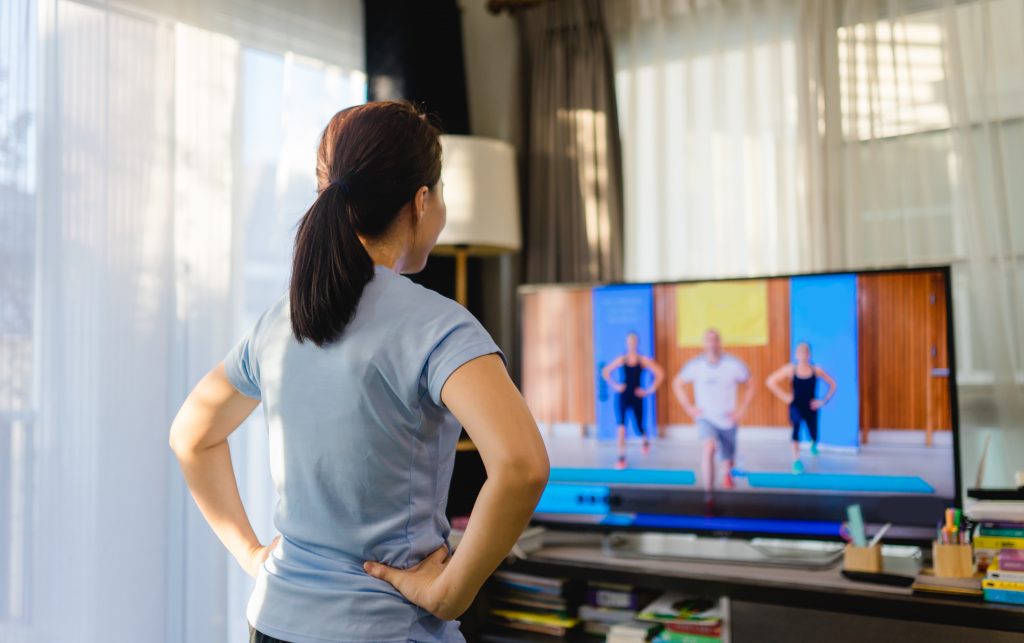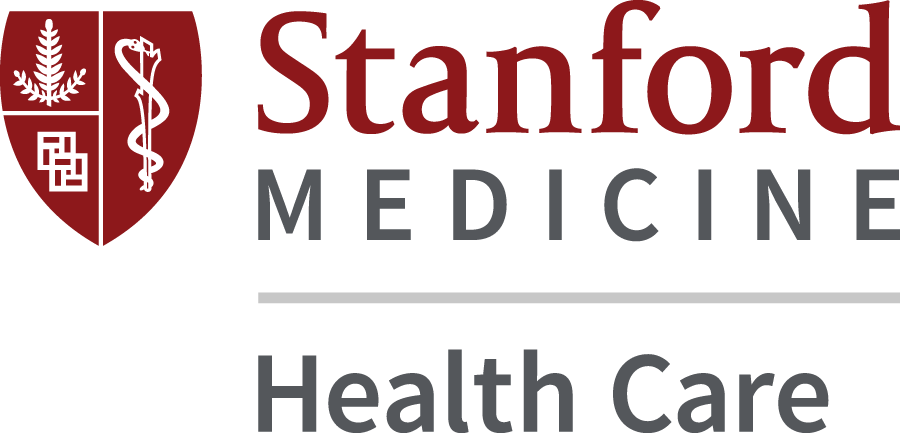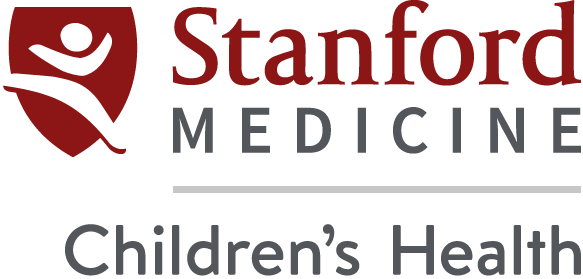
Physical activity has benefits for everyone, but it’s critical for people over 40. HealthySteps to Wellness spoke with Dr. Randall Stafford, Professor of Medicine at the Stanford School of Medicine and the Director of the Program on Prevention Outcomes and Practices, about the benefits of physical activity for an aging population.
Physical activity has been shown to reduce the risk for many adverse conditions including cardiovascular diseasei, cognitive decline due to Alzheimer’s or other dementia formsii, depression and anxietyiii and insulin resistance in diabetesiv, as well as to support improvements in sexual healthv. These benefits apply to everyone, regardless of age.
However, Stafford says that the group most able to directly and immediately benefit from physical activity is the older population. This is because people in their later years are most at risk for chronic disease, a risk that can be greatly reduced through physical activity.
“We need to start thinking about these being diseases of neglect, not necessarily of aging, that occur because people have not been able to maintain a lifelong pattern of healthy behavior.”
Fortunately, the science shows that increasing physical activity at any age improves outcomes and can do so in a relatively short amount of time.
Stafford says that is it important to think of physical activity as something that will evolve over your lifetime.
“The things that we did in our teens and 20s may no longer be as accessible to us. Continuing some activities may cause wear and tear on the body that may not be particularly helpful.”
An example of such an evolution would be the gradual shift from jogging to hiking to walking to reduce strain on the knees and hips. Stafford notes that nothing is set in stone and that some individuals can remain vigorously active into their later years. As our bodies age, however, it becomes more important to stick to a gradual training program, come up to speed slowly and allow time for rest and stretching to avoid injury.
While it can feel discouraging to try to change decades-old habits, the good news is that it is never too late to reap the health benefits of physical activity and that even small steps can have enormous benefits.
“Even incorporating a few minutes of walking into one’s daily routine can be quite beneficial,” says Stafford. “Physical activity has benefits that are immediate as well as sustained. Many people gain additional ability to do things or do them more comfortably once they become more physically active.”
Stafford stresses that we must treat ourselves with self-compassion as we work to increase our physical activity. When our motivation wanes and we find ourselves back to sedentary habits, it is important to remember that these setbacks are normal. Instead of beating ourselves up and feeling shame, we need to keep striving and set small, achievable goals.
Another roadblock to behavior change can be our mindset around physical activity. For many, physical activity equates to vigorous, gym-based exercise done for a certain length of time. Instead, we should expand our idea of what encompasses physical activity to find activities that we enjoy and can more easily incorporate into our daily lives.
“When we talk about movement, we can include a much broader range of activities, including many more that are at a lower level of intensity. Many people would say that they don’t find it too much of an effort to garden or cook or go dancing.”
Another way to find motivation for physical activity is to move with other people.
“Physical activity has an extra benefit because it often takes place in social groups. Combining those two can be incredibly beneficial in terms of health and can also provide the reinforcement you need to make changes in behavior stick.”
Beyond basic movement, Stafford does stress that there are a few types of physical activities that should be in everyone’s plan, especially for those over 40: strength training, stretching, and core.
We lose muscle mass with agevi, and strength training is critical to try to reduce muscle loss so we still have the strength to live healthy, active lives into our golden years. Core exercises strengthen the muscles that are part of stabilizing our bodies and maintain balance and support our limbs. General stretching is important to keep the body flexible and reduce injury.
Stafford recommends finding a routine that is enjoyable and provides some challenges in terms of strength, balance, and flexibility.
Physical activity is a vital part of our well-being at any age, but it doesn’t have to feel overwhelming. By incorporating joyful movement into our daily lives, along with some basic stretching and strength training, we can all enjoy the health benefits of physical activity and continue to participate in the activities in our lives that give us enjoyment, purpose, and meaning.
References
- https://www.ncbi.nlm.nih.gov/pmc/articles/PMC6172294/#:~:text=Frequent%20exercise%20is%20robustly%20associate
d,more%20favorable%20plasma%20lipoprotein%20profile - https://www.ncbi.nlm.nih.gov/pmc/articles/PMC4587595/
- https://www.mayoclinic.org/diseases-conditions/depression/in-depth/depression-and-exercise/art-20046495
- https://pubmed.ncbi.nlm.nih.gov/10683091/
- https://www.health.harvard.edu/staying-healthy/preserve-your-muscle-mass
October 2021


